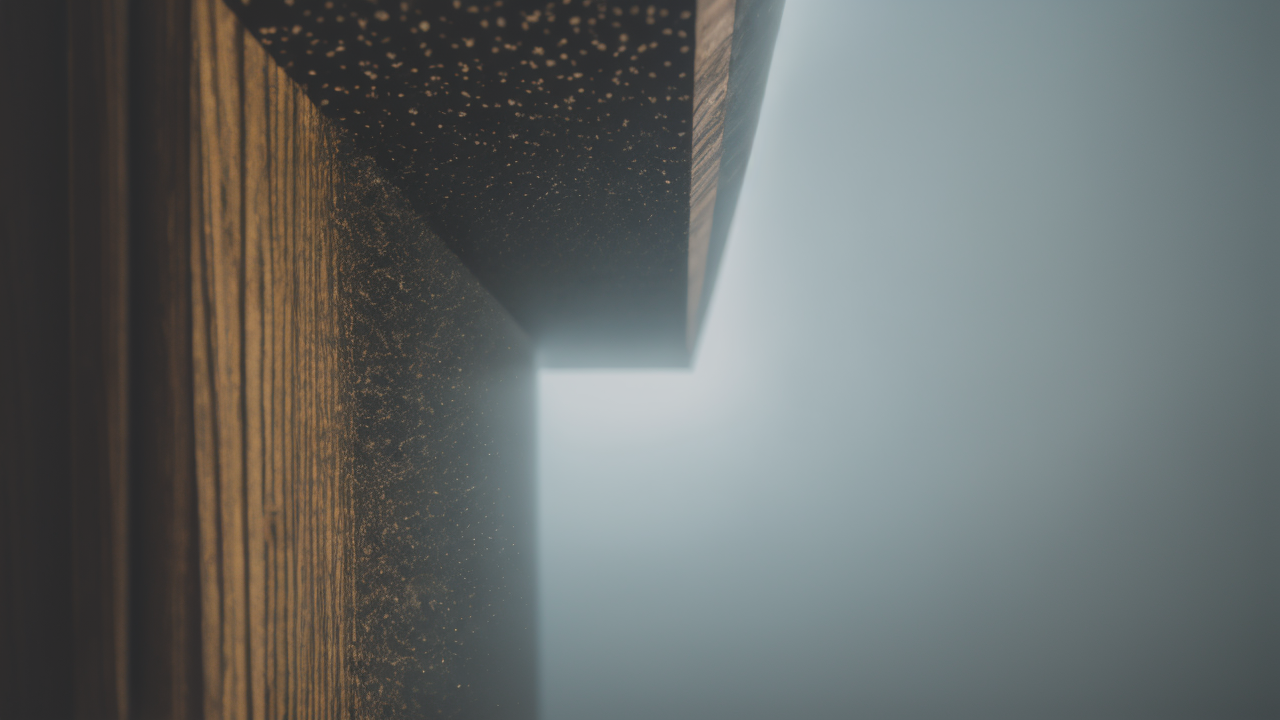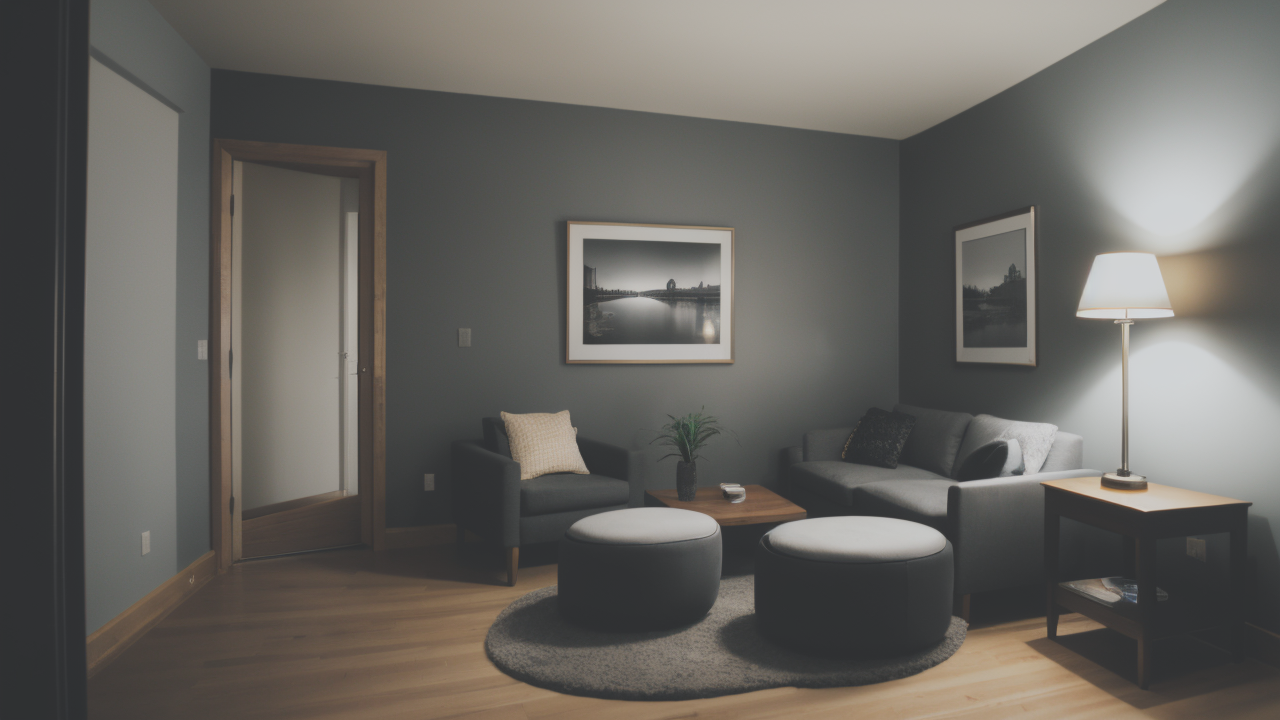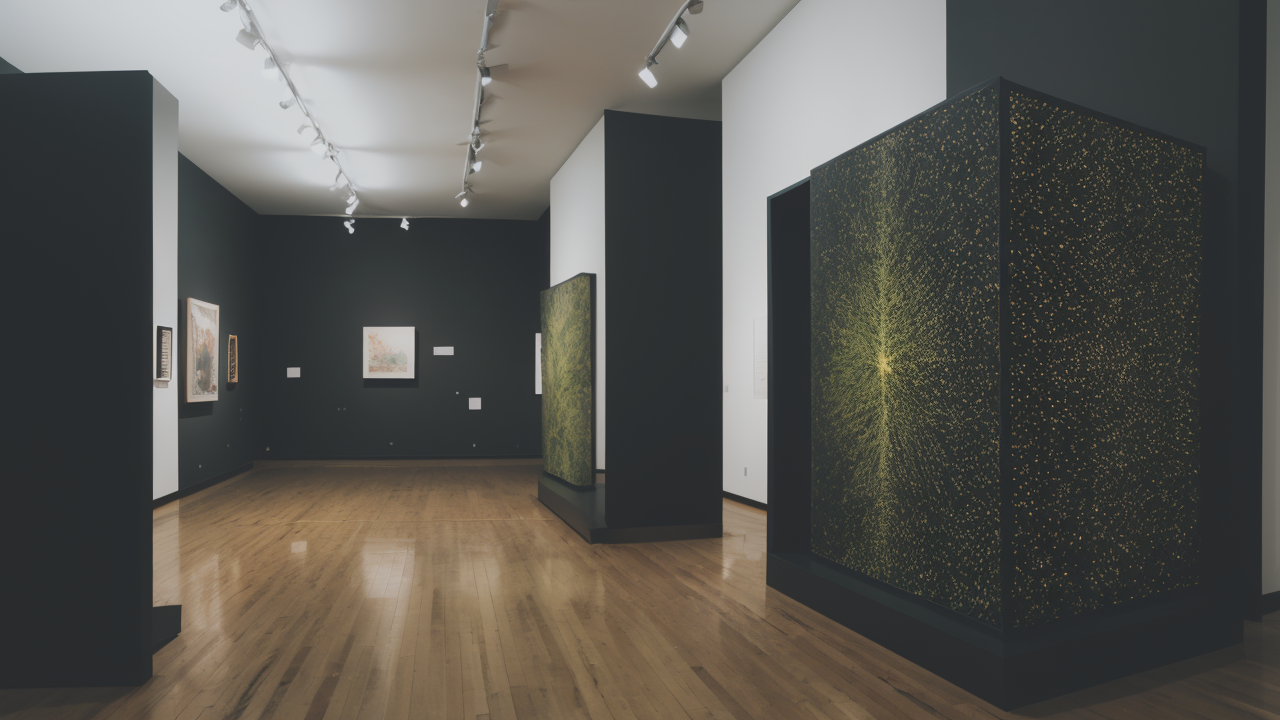
Nawabi-Inspired Minimalist Drawings: Blending Elegance with Simplicity in Home Decor
The Intersection of Art and Materiality in Wall Design
Understanding the Visual Appeal of Minimalist Art
Minimalist art captivates with its simplicity and clean lines. It strips away excess, focusing on core elements. This style often uses basic shapes, colors, and forms. The result is a sleek, uncluttered look that draws the eye.

In minimalist drawings, less is more. A few well-placed lines can convey powerful messages. These works invite viewers to interpret and engage. The use of negative space is key. It creates balance and highlights the main subject.
Minimalist art can transform a space. It adds sophistication without overwhelming the room. These pieces often become focal points. They spark conversations and create a sense of calm. In busy spaces, they offer a visual respite.
The Role of Materials in Enhancing Artistic Integrity
Materials play a crucial role in wall art, especially wood. Wood brings warmth and natural beauty to minimalist designs. Its textures and grain patterns add depth to simple compositions. Different wood types offer unique aesthetics.
Light woods like birch create an airy, Scandinavian feel. Dark woods like walnut add richness and contrast. The choice of wood can change the artwork's impact. It can make a piece feel rustic, modern, or timeless.
Wood art in minimalist design takes many forms. It might be carved reliefs, assembled pieces, or painted panels. Each technique showcases wood's versatility. The material becomes part of the artwork's story and appeal.
Best Practices for Incorporating Art into Home Decor
Curating Art Pieces for Personal Spaces
Selecting art for your home is a personal journey. It should reflect your taste and complement your space. Start by considering the room's purpose and existing décor. Think about the mood you want to create in each area.

For minimalist wood art, consider scale and placement. A large piece can anchor a room. Smaller works create intimate vignettes. Group similar pieces for a gallery wall effect. This can create a stunning focal point in any room.
Color harmony is key in minimalist design. Choose artwork that complements your room's color scheme. Natural wood tones often pair well with neutral palettes. They can add warmth to cool colors or depth to light ones.
Consider the emotional impact of the art. Minimalist pieces can create calm or inspire thought. Choose works that resonate with the mood you want in each space. Let the art speak to you and your guests.
Balancing Art with Functionality in Commercial Settings
In commercial spaces, art must serve both aesthetic and practical purposes. It should enhance the environment without hindering function. Minimalist wood art is ideal for this balance. It adds interest without being distracting.
Wall-mounted wooden sculptures can add dimension to waiting areas. Abstract wood panels can define zones in open offices. These pieces contribute to design while maintaining professionalism. They create a welcoming yet focused atmosphere.
Durability is crucial in high-traffic areas. Wood art is often robust and easy to maintain. It can withstand daily wear while retaining its beauty. This makes it a smart choice for busy commercial spaces.
Consider the message your art conveys about your brand. Minimalist wood pieces suggest sophistication and innovation. Choose art that aligns with your company's values and image. Let it speak to your clients and employees.
Case Studies: Successful Art Installations in the United States
Highlighting Interactive Art Experiences in Galleries
Interactive art installations are gaining popularity in US galleries. They blend minimalist aesthetics with engaging experiences. One notable example is the "Touch Wood" exhibit in New York City.

This installation features large-scale wooden sculptures. Visitors can touch and move the pieces. The smooth, minimalist forms invite exploration. As people interact, the art evolves. It creates a dynamic, ever-changing experience.
Another success is the "Forest of Resonance" in Chicago. This uses thin wooden rods to create a forest-like space. As visitors move through, sensors trigger subtle sounds and lights. It's a feast for the senses that engages multiple senses.
These examples show how minimalist wood art can be both visual and interactive. They create memorable experiences beyond passive viewing. Visitors become part of the art itself, enhancing their connection to the work.
Analyzing the Impact of Art in Public Spaces
Public art plays a crucial role in shaping urban environments. Minimalist wood installations have made impacts in several US cities. They often serve as landmarks and gathering points. They bring beauty and function to public spaces.
In Seattle, the "Wooden Waves" sculpture has become a beloved city icon. Its simple, flowing lines mimic ocean waves. The large-scale structure provides seating and shade. It's a perfect blend of art and functionality.
Boston's "Tree of Life" is another successful public art piece. This minimalist wooden sculpture stands in a busy plaza. Its abstract form represents growth and community. The artwork has become a popular meeting spot and photo op.
These public installations show how minimalist wood art can transform urban spaces. They create beauty and foster community interaction. They prove that simple designs can have a big impact on city life.
In conclusion, minimalist drawings and modern wood art offer versatile options for wall décor. They enhance both homes and public spaces with simplicity and natural appeal. By understanding their impact and integration, we can create stunning wall compositions. These artworks not only beautify our surroundings but also inspire thought and connection. They remind us that in design, sometimes less truly is more.


